Baby Birdorable: Flamingo Week Edition
If you think our Birdorable birds are cute as adults, what about when they are babies? Below are some baby photos (shared via Flickr Creative Commons) of the American Flamingo and Greater Flamingo.
The six species of flamingo have similar nesting habits. They all breed in colonies. Mating rituals involve synchronized dancing. The nest is a pillar or mound of mud. A single chalky-white egg is laid per nesting attempt. Chicks, grey when first hatched, are fed a protein- and fat-rich diet of crop milk by both parents. Baby flamingos leave the nest around 7-12 days after hatching. Young birds gather in a group, called a creche, to evade predation as they grow.
Flamingos do well in captivity and breed if colony conditions are favorable, which include number of birds of breeding age and ratio of males to females. All of the example baby flamingo photos shared below were taken in zoological parks.
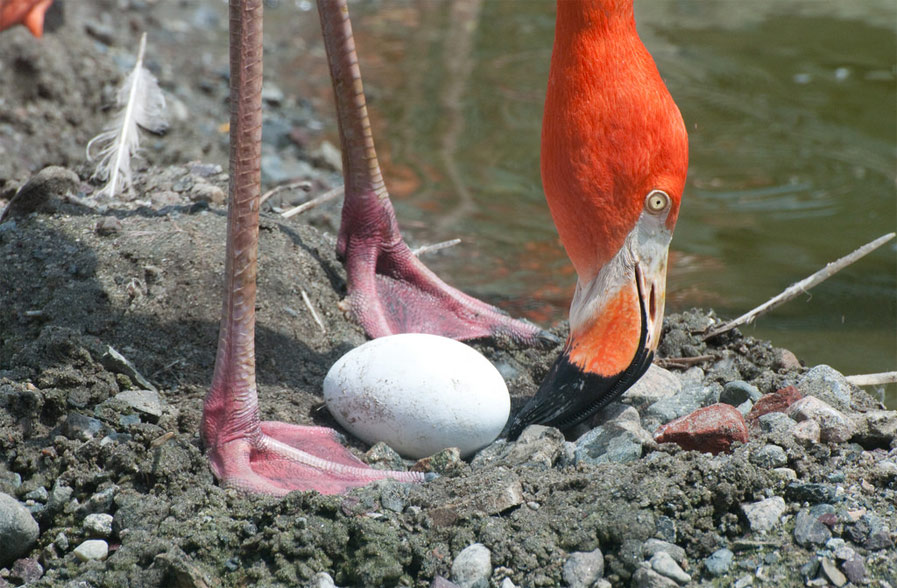
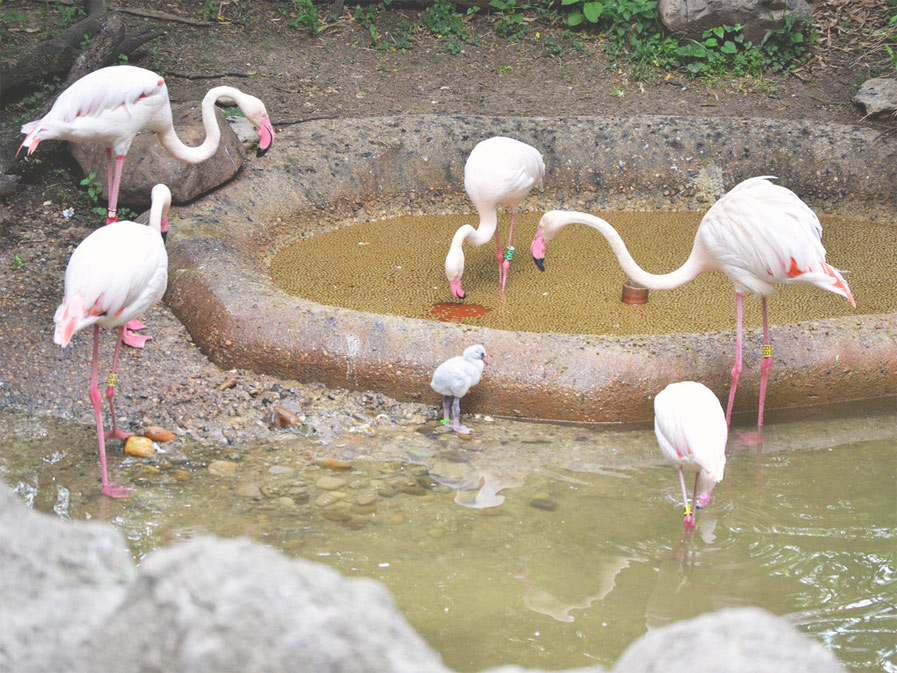
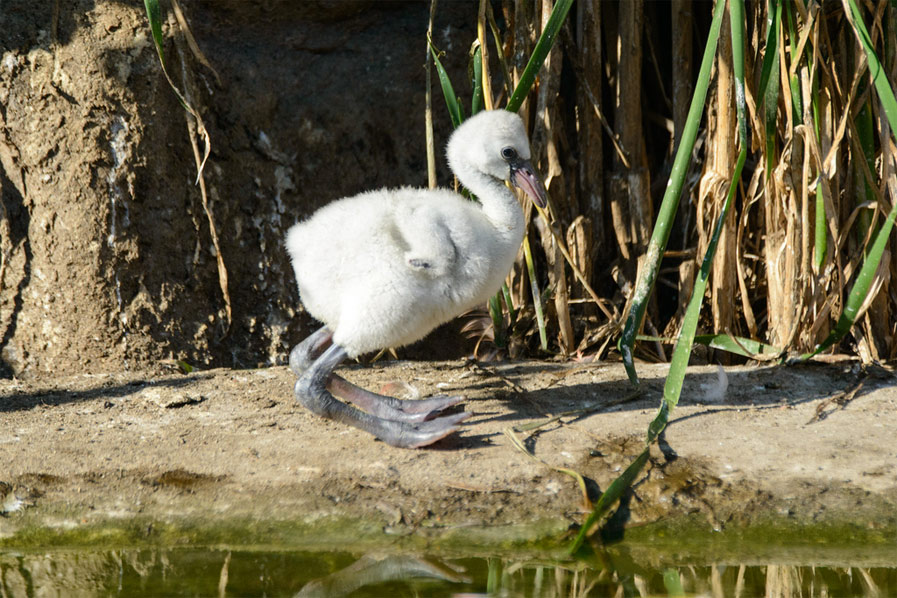
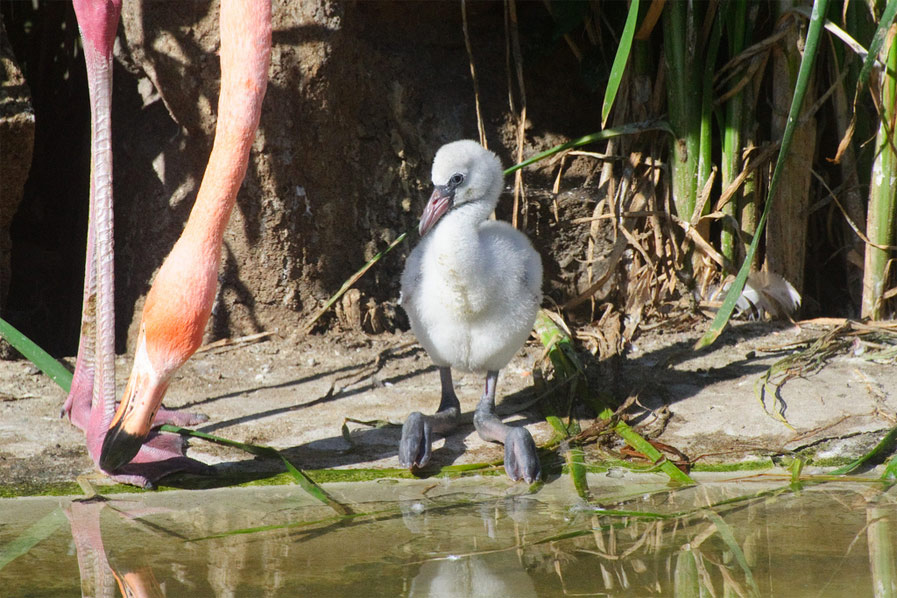
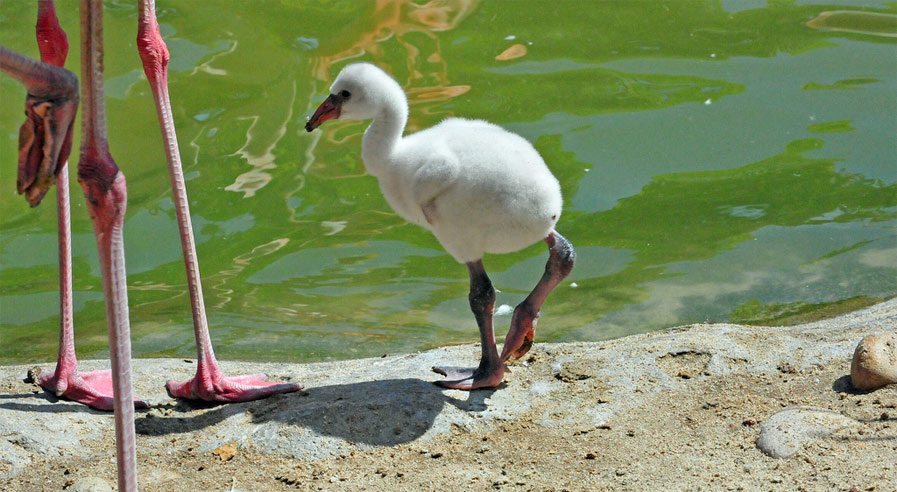
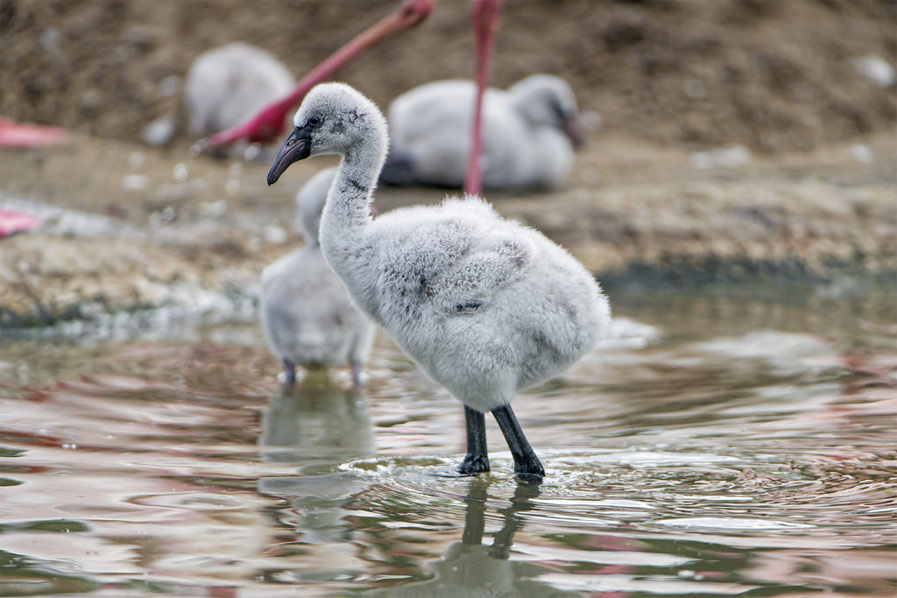
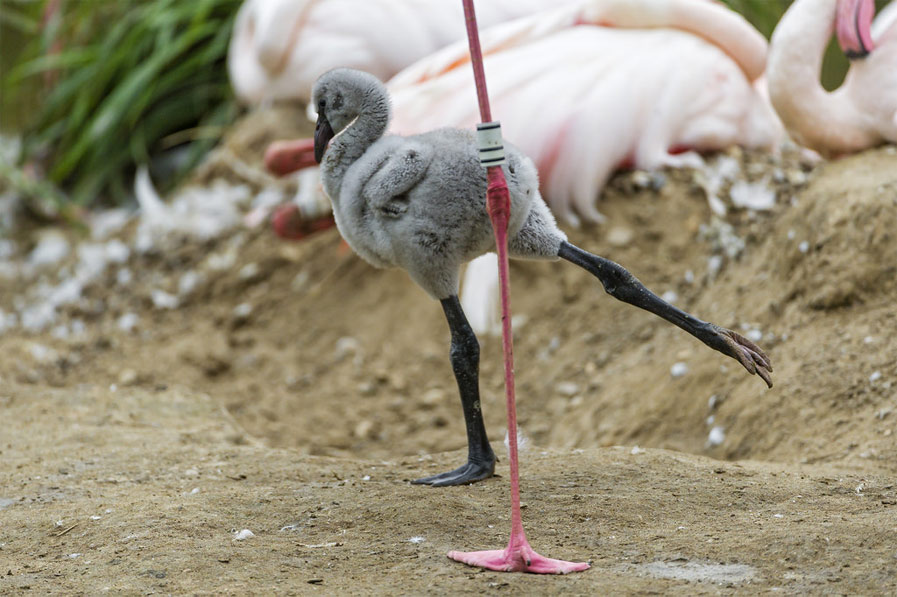
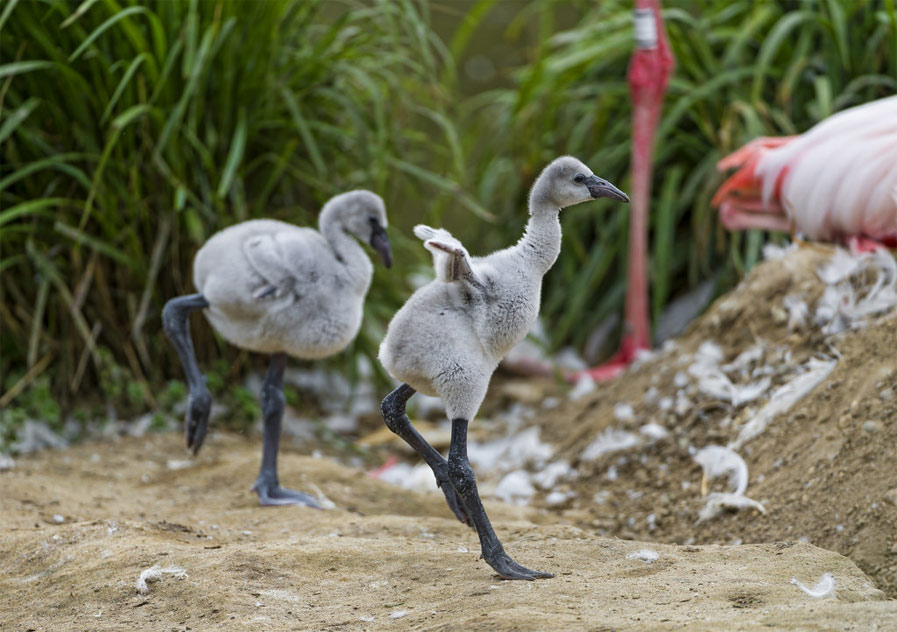
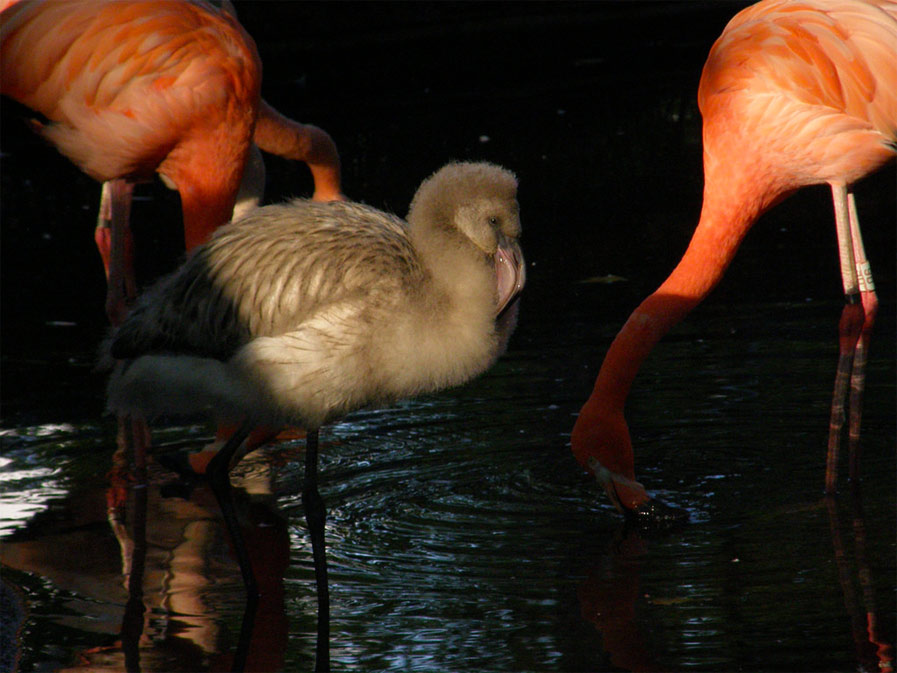
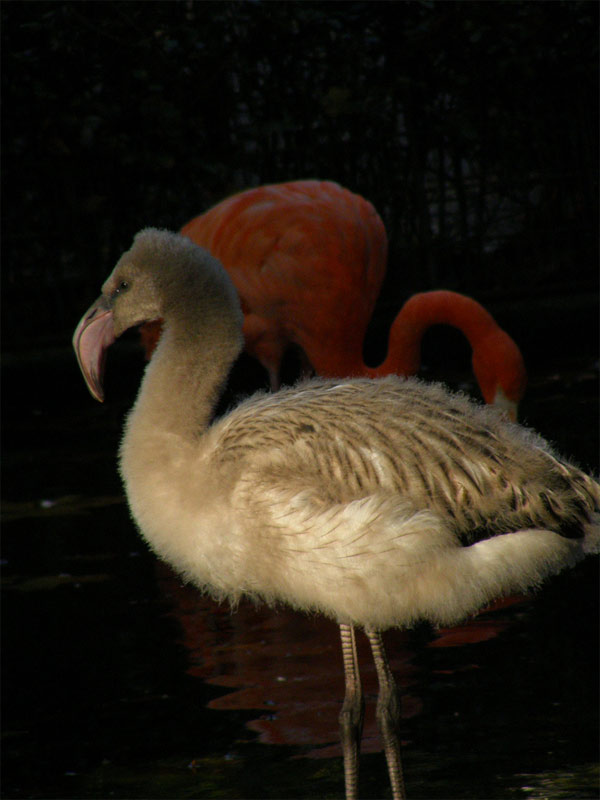
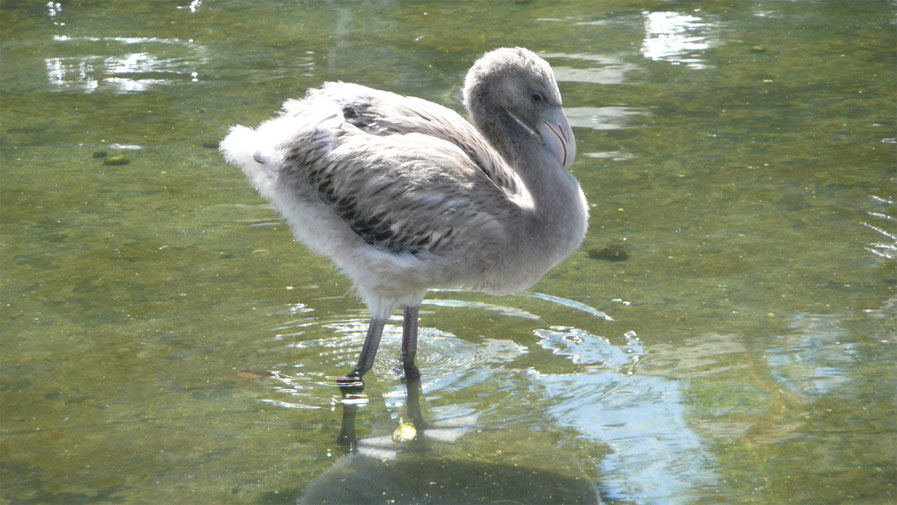
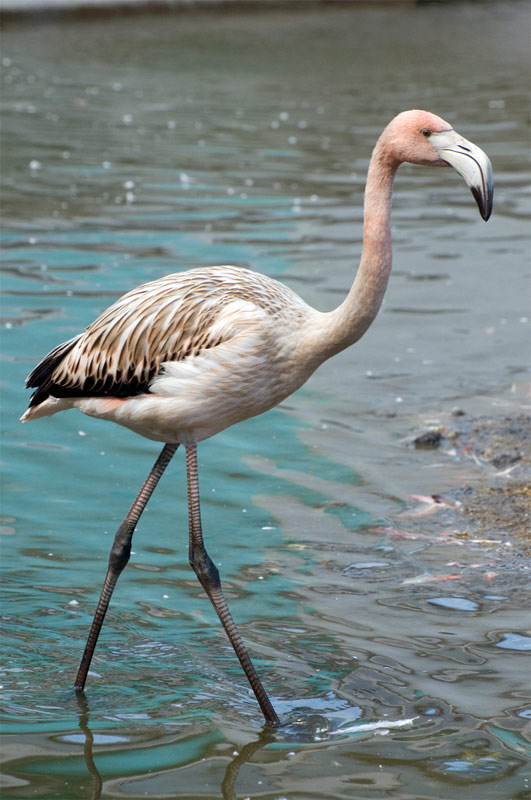





Comments
Leave a comment
Thank you!